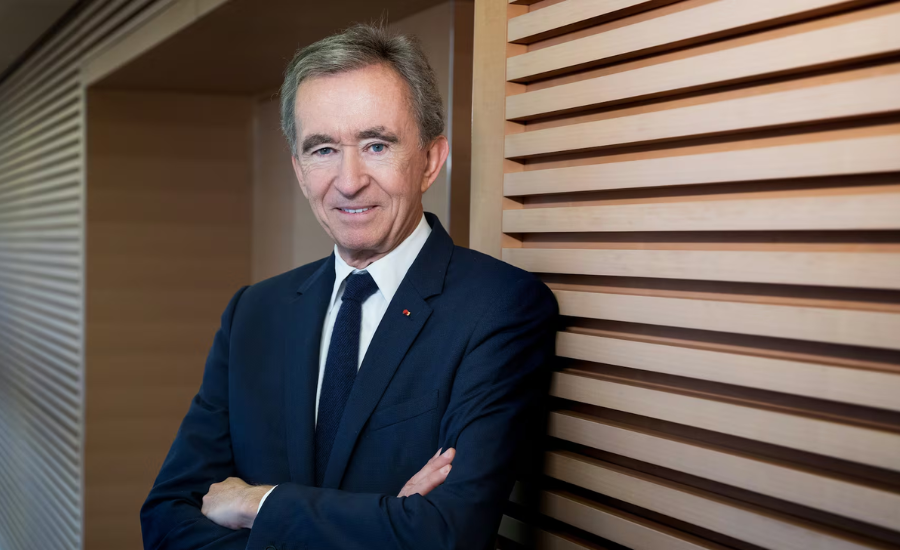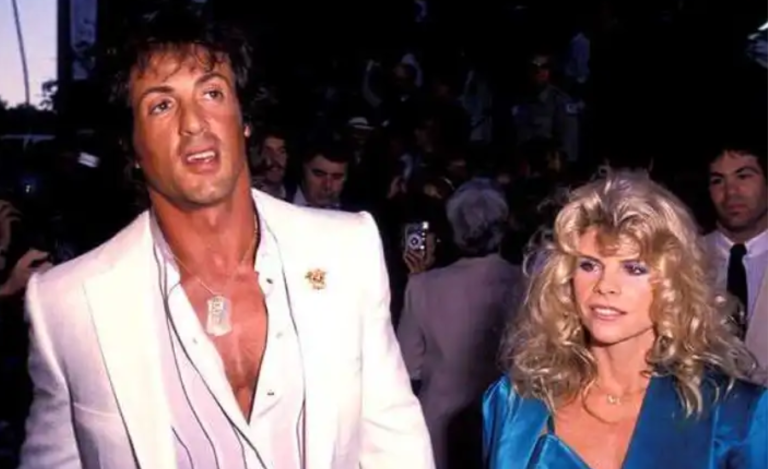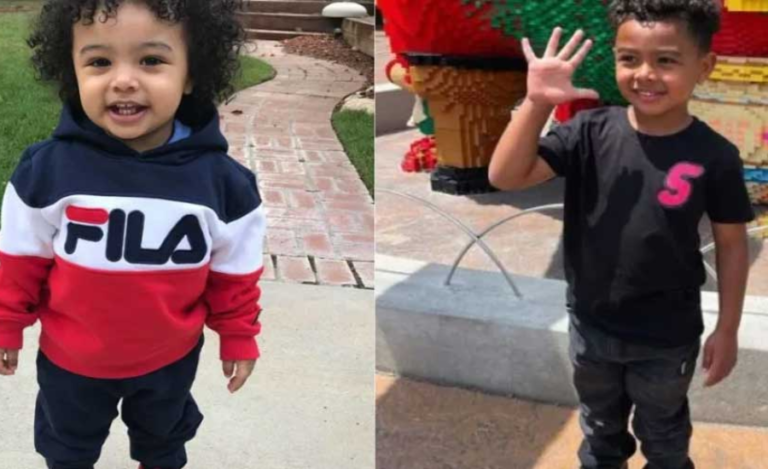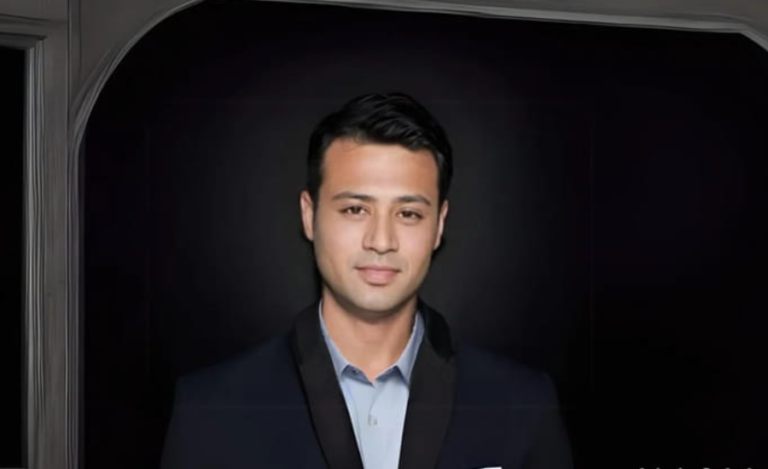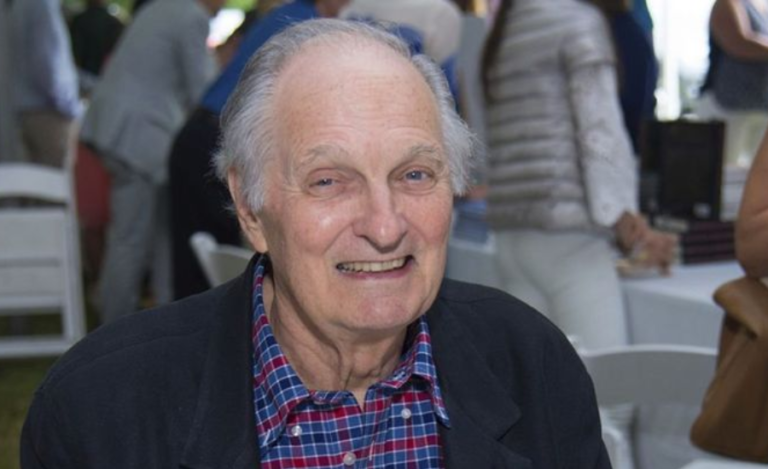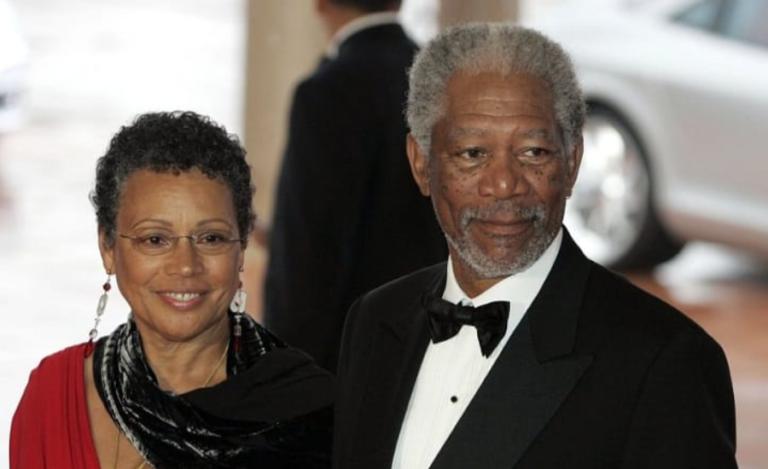Bernard Arnault, Who Is, Wiki/Bio, Early Life, Career, Success, Luxury Fashion, Net Worth, And More
Bernard Arnault took an unconventional path to becoming one of the most influential figures in the fashion industry. Initially working as an engineer and property developer in his family’s civil engineering business in northern France, he soon realized his ambitions extended far beyond construction. By 1984, he set his sights on building a global enterprise and made a bold move by acquiring Boussac, a struggling French conglomerate. His main target within Boussac was Christian Dior, a luxury brand he had long admired. After securing control of Dior, he strategically sold off most of the company’s other assets and used the profits to invest in Moët Hennessy and Louis Vuitton, two leading names in the luxury sector. His business acumen and ability to see potential in high-end brands laid the foundation for what would become the world’s largest luxury goods company.
Arnault’s aggressive approach to business soon made him both respected and controversial. When he gained a foothold in LVMH, he took advantage of internal conflicts between the company’s two CEOs. Using these disputes to his advantage, he gradually secured a controlling stake and then removed both leaders from their positions. His calculated and ambitious tactics led to what was described as one of the fiercest corporate battles in French fashion history. By emerging victorious, he cemented his position as Chairman, CEO, and majority shareholder of LVMH, a role he still holds today. His strategic vision and relentless drive have played a key role in transforming LVMH into a global powerhouse in the luxury industry.
Who Is Bernard Arnault?
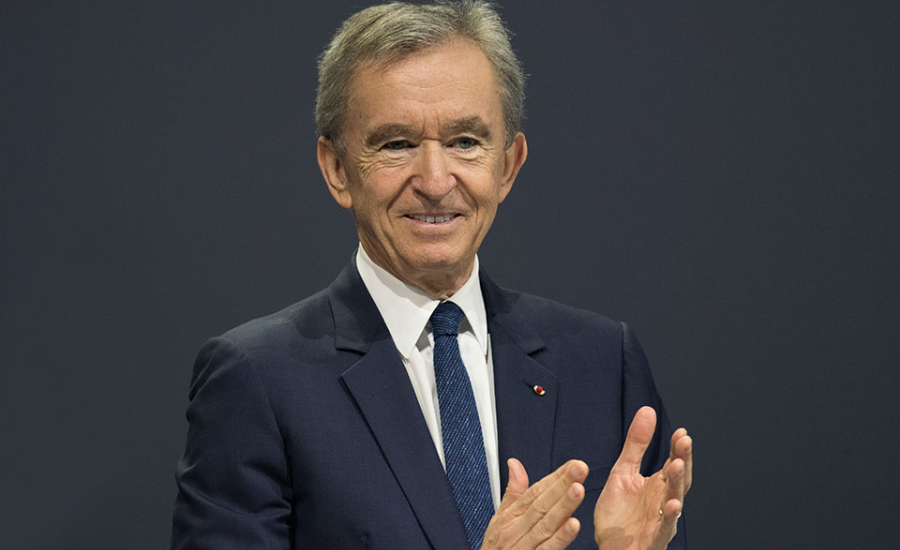
Bernard Arnault is a renowned French businessman, investor, and art collector, widely recognized for his influence in the global luxury industry. Born in 1949 in Roubaix, a city in northern France, he pursued an engineering degree from the prestigious École Polytechnique. After completing his education, he joined his family’s construction company, Ferret-Savinel, which specialized in industrial building. His sharp business instincts soon led him to shift the company’s focus toward real estate, a move that marked the beginning of his transformation into a strategic entrepreneur.
In 1981, seeking new opportunities, Arnault moved to the United States and ventured into real estate development. His experience in the competitive U.S. market broadened his business perspective and fueled his ambition to build a global enterprise. However, his true breakthrough came when he returned to France and turned his attention to the luxury sector, eventually acquiring Christian Dior and leading the expansion of LVMH. Over the years, Arnault has not only built the world’s largest luxury conglomerate but has also left a significant mark on the art world through his extensive collection and philanthropic efforts.
Bernard Arnault Wiki/Bio
| Category | Details |
| Full Name | Bernard Jean Étienne Arnault |
| Date of Birth | March 5, 1949 |
| Place of Birth | Roubaix, France |
| Education | École Polytechnique (Engineering) |
| Early Career | Started at Ferret-Savinel, his father’s construction company |
| Major Acquisition | Acquired Financière Agache in 1984 and later took control of LVMH |
| Current Position | Chairman & CEO of LVMH (Louis Vuitton Moët Hennessy) |
| Luxury Brands Owned | Louis Vuitton, Dior, Givenchy, Sephora, and more |
| Wealth & Influence | One of the richest individuals in the world |
| Personal Life | Married to Hélène Mercier; children, including Antoine and Delphine, hold key roles in LVMH |
| Philanthropy | Supports art and cultural institutions, including the Louis Vuitton Foundation |
Bernard Arnault Early Life

Bernard Arnault was born in 1949 in Roubaix, a city in northern France with a strong industrial background. His father was a successful businessman who owned Ferret-Savinel, a civil engineering and real estate company, while his mother had a deep admiration for Christian Dior, which would later influence Arnault’s business decisions. From a young age, he was exposed to both the world of business and the elegance of high fashion.
Arnault excelled in academics and was accepted into École Polytechnique, one of France’s most prestigious engineering schools. He graduated in 1971 and joined his father’s company, quickly displaying sharp business instincts. Recognizing a greater opportunity in real estate, he persuaded his father to shift the company’s focus from construction to property development. This decision proved highly profitable and set the stage for his future business success.
Bernard Arnault Career
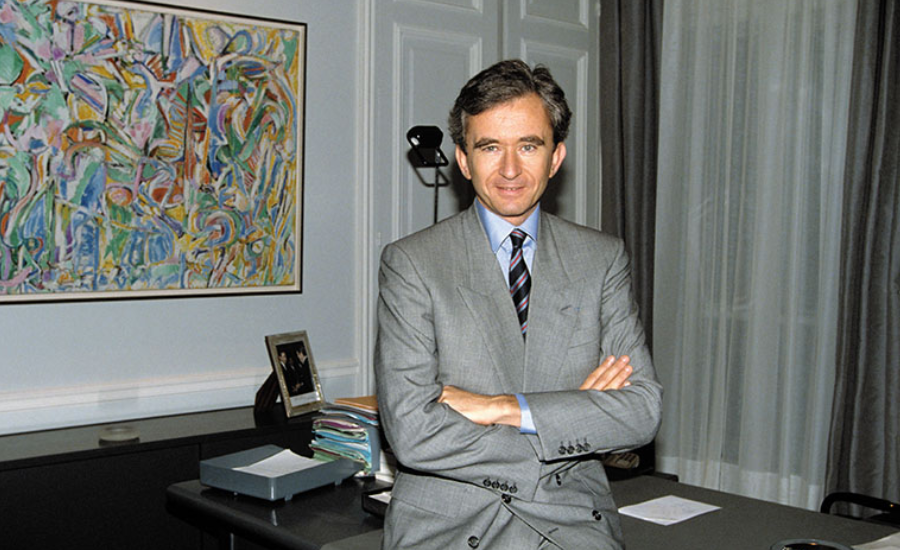
Bernard Arnault began his career in his family’s civil engineering company, Ferret-Savinel, after graduating from École Polytechnique in 1971. With a keen sense of business, he convinced his father to pivot the company’s focus from construction to real estate development, a decision that led to significant growth. By 1978, he had taken full control of the business, becoming its chairman. However, his ambitions extended beyond real estate, and in 1984, he saw an opportunity in the struggling textile company Boussac, which owned the renowned fashion house Christian Dior. He acquired Boussac, restructured the business by selling off non-essential assets, and revitalized Dior, marking his entry into the luxury industry.
Arnault’s biggest move came in 1989 when he orchestrated a strategic takeover of LVMH, the newly formed conglomerate of Moët Hennessy and Louis Vuitton. Using a mix of financial strategy and corporate maneuvering, he secured a controlling stake and ousted the company’s leadership, positioning himself as chairman and CEO. Under his guidance, LVMH expanded rapidly, acquiring prestigious brands like Givenchy, Fendi, and Sephora. His leadership transformed LVMH into the world’s largest luxury empire, redefining the industry by blending heritage craftsmanship with modern business strategies. Today, he remains one of the most powerful figures in global fashion and luxury.
Visionary Entrepreneur Or Ruthless Strategist?
When Bernard Arnault returned to France in 1984, he set out on a path that would ultimately make him the most powerful figure in the luxury industry. His bold business moves, starting with the acquisition of the struggling textile company Boussac to gain control of Christian Dior, marked the beginning of his rise. Through calculated investments and strategic takeovers, he transformed LVMH into the world’s leading luxury conglomerate. His ability to revive heritage brands and scale them globally earned him admiration from those who saw him as a visionary leader, reshaping French business with innovation and ambition.
However, Arnault’s aggressive tactics also attracted criticism. Many viewed him as a ruthless corporate player, disrupting the traditionally refined world of French luxury with a cutthroat, profit-driven approach. His swift restructuring of acquired companies, along with his power plays to secure control, led some to brand him “the wolf in cashmere.” To critics, he embodied a new wave of business-minded pragmatism that prioritized financial dominance over tradition. Whether seen as a genius entrepreneur or a relentless corporate raider, Arnault’s impact on the luxury industry is undeniable.
The House Of Dior A Bold And Controversial Takeover
In 1984, Bernard Arnault made a strategic move that would set the stage for his dominance in the luxury industry. With the French government offering subsidies to revive struggling businesses, he saw an opportunity in Boussac, a failing textile and retail empire. However, Arnault’s true target was one of Boussac’s assets—Christian Dior, a legendary fashion house he had long admired. Using $15 million of family money and securing $65 million in financing from Lazard Frères, he formed Agache Financière, a holding company that acquired Boussac. His primary goal was clear: gain control of Dior and turn it into a global powerhouse.
Arnault’s restructuring of Boussac was both highly effective and highly controversial. To streamline operations and focus on Dior and the Bon Marché department store, he sold off most of Boussac’s other assets and laid off 9,000 workers. While critics accused him of breaking promises to preserve jobs, Arnault insisted that his only obligation was to make the company profitable. His aggressive approach earned him the nickname “Terminator,” yet supporters praised him for his sharp business instincts, transforming his family’s modest enterprise into a multibillion-dollar luxury empire. This pivotal moment cemented Arnault’s reputation as a bold and uncompromising force in the business world.
Bernard Arnault Elevating The Dior Brand And Expanding The Luxury Empire
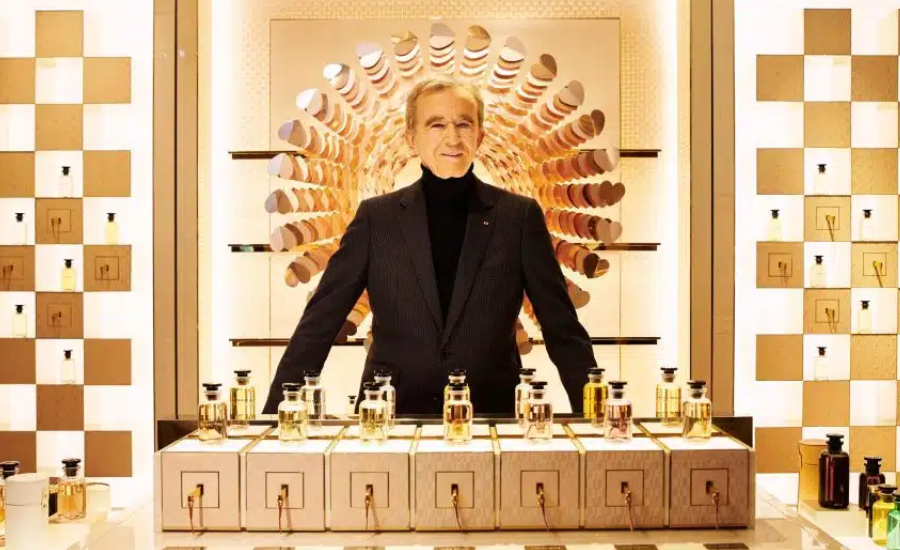
When Bernard Arnault acquired Christian Dior, its couture division was struggling financially. However, he saw Dior as the cornerstone of his future luxury empire and was determined to restore its prestige. Instead of selling it off, he restructured the company under Christian Dior S.A. and revitalized its image by making bold and unexpected hiring decisions. He appointed Gianfranco Ferré, the first non-French artistic director in Dior’s history, and later, in 1996, named British designer John Galliano as his successor. These choices sparked controversy among traditionalists, but Arnault defended his approach, emphasizing that “talent has no nationality.” He also took strategic steps to enhance Dior’s exclusivity, significantly reducing the number of licensees and franchises to reinforce the brand’s cachet of quality and prestige.
With Dior firmly established as a luxury powerhouse, Arnault set out to expand his empire by acquiring other high-end brands that aligned with his vision of exclusivity and excellence. He took control of prestigious names like Christian Lacroix, Celine, Dior Fragrance, and Givenchy, applying the same strategy he had used with Dior. He systematically canceled licensing agreements that he believed diluted the brand’s value, ensuring that each acquisition maintained a sense of rarity and desirability. This disciplined approach to brand management became a signature of Arnault’s business strategy, shaping the luxury industry for decades to come.
Bernard Arnault Balancing Creativity And Commerce In Luxury Fashion
As Bernard Arnault expanded LVMH into the world’s most influential luxury conglomerate, he carefully selected creative talent to modernize heritage brands while maintaining their timeless appeal. Under his leadership, renowned fashion houses such as Céline, Givenchy, Fendi, and Louis Vuitton saw fresh creative direction. Arnault believed that creativity must be balanced with commercial success, and he was quick to replace designers who did not align with his vision. He often took risks by hiring unconventional talents and moving them between brands to identify new opportunities for growth, even if these decisions were controversial.
One of his most notable early moves was appointing British designer John Galliano to replace the legendary Hubert de Givenchy in 1995, marking a bold shift in the brand’s aesthetic. Within a year, Galliano was moved to Dior, replacing Gianfranco Ferré, while another British designer, Alexander McQueen, was brought in to lead Givenchy. Similarly, Arnault placed American designer Marc Jacobs at Louis Vuitton, tasking him with transforming the brand to compete with industry giants like Prada and Gucci. Although many of these designers eventually parted ways with LVMH, their tenures revitalized the brands, generating new excitement and cementing Arnault’s reputation as a master of blending tradition with innovation.
The World’s Most Valuable Luxury Brands
| Key Milestone | Details |
| Growth Under Arnault | After Arnault took control, LVMH’s value multiplied 15 times, with sales and profits increasing fivefold. |
| Dominance in Luxury | By 2011, LVMH owned or had stakes in five of the top 10 most valuable luxury brands. Louis Vuitton was ranked the world’s most valuable luxury brand for the sixth consecutive year, valued at $24.3 billion—more than Hermès, Gucci, and Chanel combined. |
| Luxury Market Position | Louis Vuitton was ranked 26th among 100 global companies across 13 industries, with Apple taking the top spot. LVMH was recognized for maintaining “very high standards in craftsmanship,” which contributed to its reputation for exclusivity. |
| Strategic Acquisitions | In 2016, Arnault acquired the German luggage brand Rimowa, followed by luxury travel group Belmond in 2018. In 2019, he made the largest luxury acquisition in history by purchasing Tiffany & Co. for $16.2 billion. |
| Tiffany & Co. Deal | The Tiffany deal faced challenges due to the 2020 global pandemic, leading to public disputes and a final settlement price of $420 million lower than initially agreed. Arnault noted Tiffany’s unique brand strength, emphasizing its exclusive association with a signature color. |
Under Arnault’s leadership, LVMH transformed into a dominant force in the luxury industry, owning some of the world’s most valuable brands. His strategic acquisitions, including Tiffany & Co., strengthened LVMH’s reputation for exclusivity and craftsmanship, solidifying its position at the top of the luxury market.
Bernard Arnault The Secrets Behind Arnault’s Success
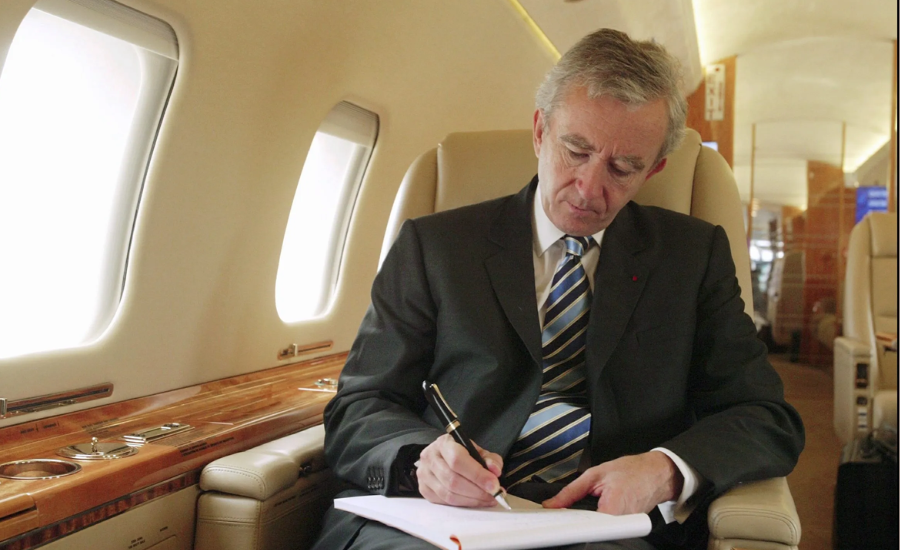
Bernard Arnault’s rise to the top of the luxury industry is driven by his relentless ambition, strategic vision, and ability to transform creativity into profitability. In 2019, the Financial Times described him as having an “obsession with acquiring beautiful brands and turning their creativity into profit.” Over four decades, he transformed LVMH from a struggling French textile company into a global luxury empire, generating €46.8 billion in sales by 2018. Unlike many corporate investors who flip businesses for short-term gains, Arnault takes a long-term approach, carefully nurturing the brands he acquires. A luxury executive once noted that his acquisition strategy follows a Wall Street mindset, but unlike traditional investors, he holds onto these brands for generations, ensuring their lasting success.
Arnault’s early market moves also played a key role in his dominance. His first-mover advantage, particularly in China, positioned LVMH as a leader in the region long before other luxury brands caught on. In 1992, he opened a Louis Vuitton store in Beijing at a time when China was just beginning its economic reforms—before luxury spending had taken off. As China became a powerhouse for global luxury consumption, LVMH was perfectly placed to capitalize on the boom. This strategic foresight, along with his willingness to engage in fierce business battles while keeping emotions in check, has cemented his reputation as an unstoppable force in the industry. Even when faced with setbacks, Arnault’s calculated approach ensures that he always finds a way to turn challenges into victories.
Bernard Arnault Net Worth
As of September 2024, Bernard Arnault, the chairman and CEO of LVMH, had an estimated net worth of $195 billion, positioning him as the fifth richest individual globally. This substantial wealth is primarily derived from his significant holdings in LVMH, the world’s largest luxury goods conglomerate, which encompasses renowned brands such as Louis Vuitton, Dior, and Moët & Chandon.
Arnault’s financial journey has seen notable fluctuations. Earlier in 2024, he experienced a considerable decline in wealth, with his fortune decreasing by $24 billion due to market dynamics. However, strategic business moves and favorable market conditions facilitated a recovery, restoring his net worth to its current standing. This resilience underscores Arnault’s adeptness in navigating the luxury market and maintaining his status among the world’s wealthiest individuals.
Faqs About Bernard Arnault
Q: Who is Bernard Arnault?
A: Bernard Arnault is a French business magnate, investor, and art collector. He is the Chairman and CEO of LVMH (Louis Vuitton Moët Hennessy), the world’s largest luxury goods company.
Q: What is Bernard Arnault’s background?
A: Born in 1949 in Roubaix, France, Arnault studied engineering at the prestigious École Polytechnique. He began his career in his family’s construction business before transitioning into real estate and later luxury goods.
Q: How did Bernard Arnault acquire LVMH?
A: Arnault first acquired control of Dior in 1984 by purchasing Boussac, a bankrupt textile conglomerate. He later took over LVMH by leveraging conflicts between its two CEOs, securing a controlling interest, and ousting them in a strategic corporate battle.
Q: What luxury brands does LVMH own?
A: LVMH owns over 70 luxury brands, including Louis Vuitton, Dior, Givenchy, Sephora, Fendi, Moët & Chandon, Hennessy, and Tiffany & Co.
Q: How does Bernard Arnault manage creative talent?
A: Arnault is known for hiring and reshuffling top designers across LVMH brands to maintain relevance and profitability. He has appointed high-profile designers like John Galliano, Alexander McQueen, and Marc Jacobs to revitalize luxury houses.
Q: What is Bernard Arnault’s net worth?
A: As of September 2024, Arnault’s net worth is estimated at $177 billion, making him one of the richest people in the world.
Conclusion
Bernard Arnault is a business visionary who revolutionized the luxury industry through his sharp acquisitions, strong leadership, and deep understanding of creative talent. Starting his career in his family’s civil engineering business, he later shifted his focus to high-end fashion and luxury goods. Through calculated business moves, he turned LVMH into the world’s most valuable luxury conglomerate, owning prestigious brands like Louis Vuitton, Dior, and Tiffany & Co. His ability to identify and acquire iconic brands while maintaining their exclusivity and prestige set him apart as a strategic and forward-thinking leader.
Despite his success, Arnault’s approach has sparked mixed opinions. Some admire him for his ability to modernize and expand luxury brands on a global scale, while others criticize him for his aggressive business tactics. His strategy often involved taking control of struggling companies, restructuring them, and making them highly profitable—sometimes at the cost of mass layoffs or leadership changes. Regardless of these controversies, Arnault’s impact on the luxury fashion industry is undeniable. He has shaped the way high-end brands operate and remain relevant in an ever-changing market, solidifying his reputation as one of the most influential figures in modern business.
Stay in touch for more updates and alerts visit: Scot Lands!
